

Learning to spot when a bump is a concussion
Most head injuries are not serious but bumps do happen. Our information shares the signs to look out for, and steps to take, in case your child has had a concussion.
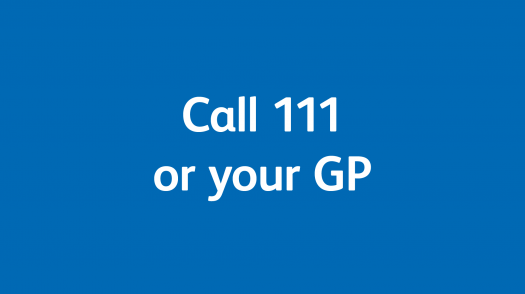
Seek Medical Advice
If your child has a head injury we recommend seeking medical advice as soon as possible after the injury (call 111, your GP or in an emergency 999).

What is a concussion?
After a bump to the head, you may hear the words 'concussion' or 'mild brain injury' being used. Read our introduction, which includes the signs of concussion.
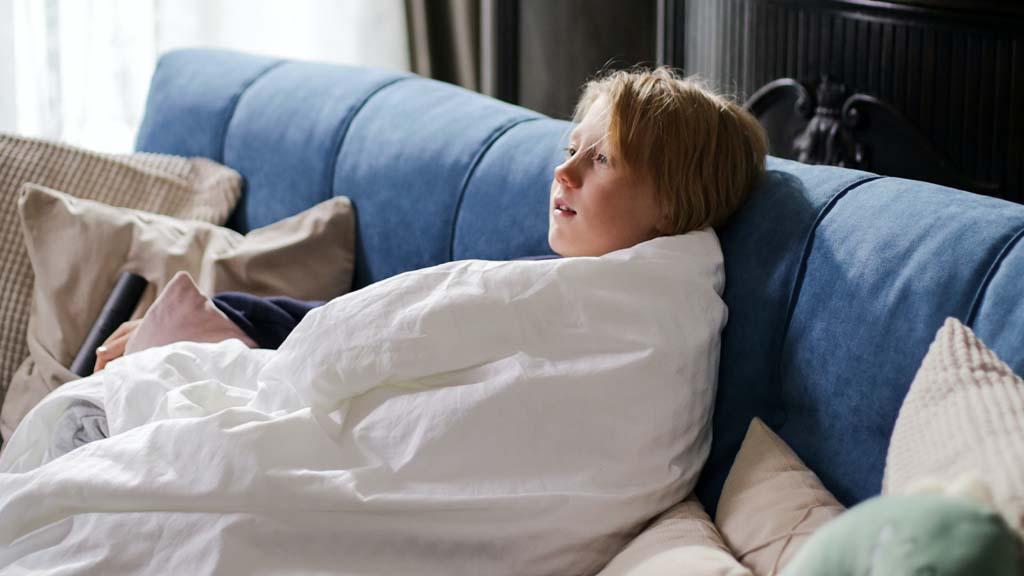
The first few days after an injury
Signs to look out for and actions to take after a bump to the head.
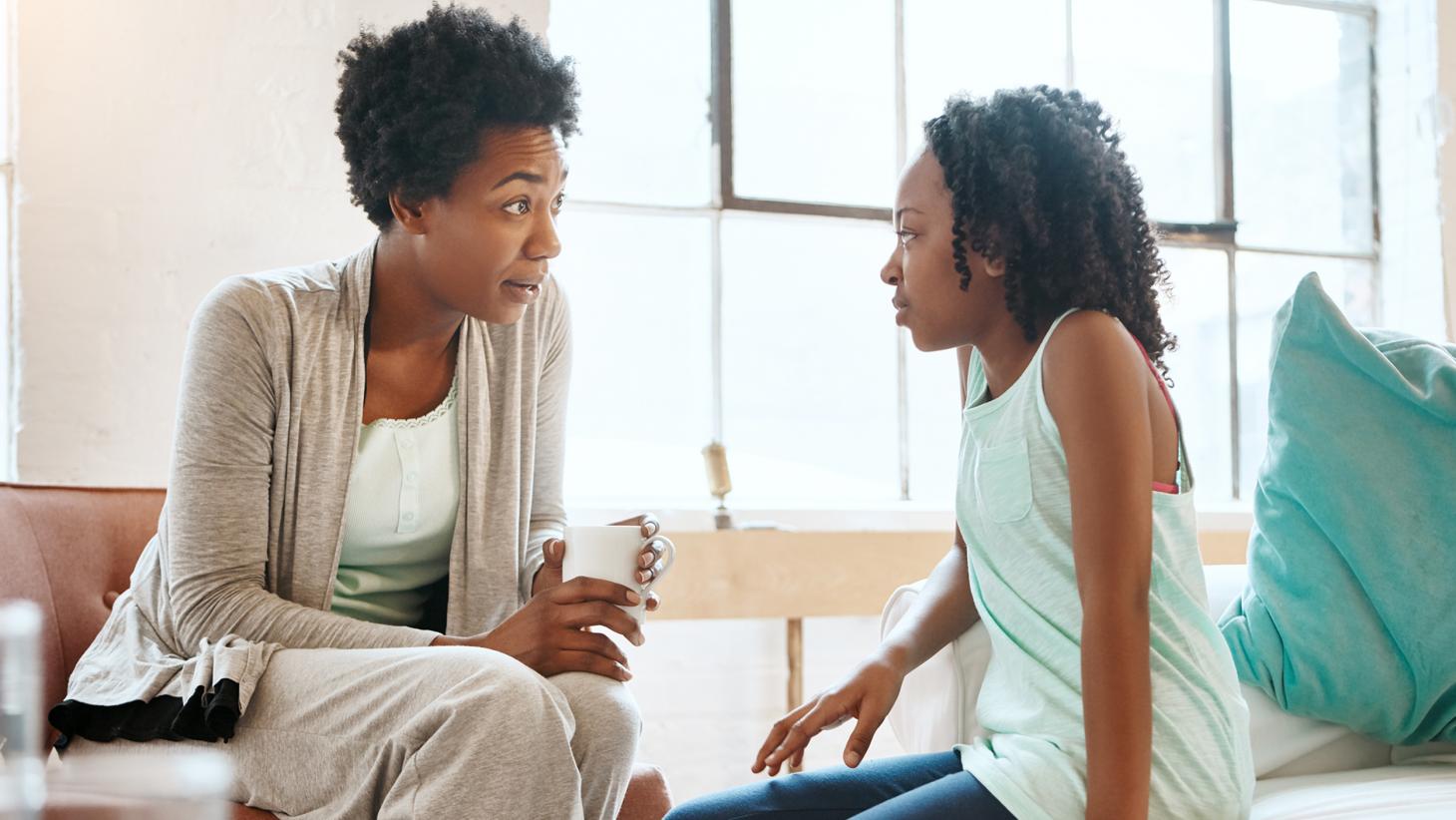
Talking to your child and others about a bump to the head
Reassure your child or teenager to help them explain any symptoms you or their teacher should know about.
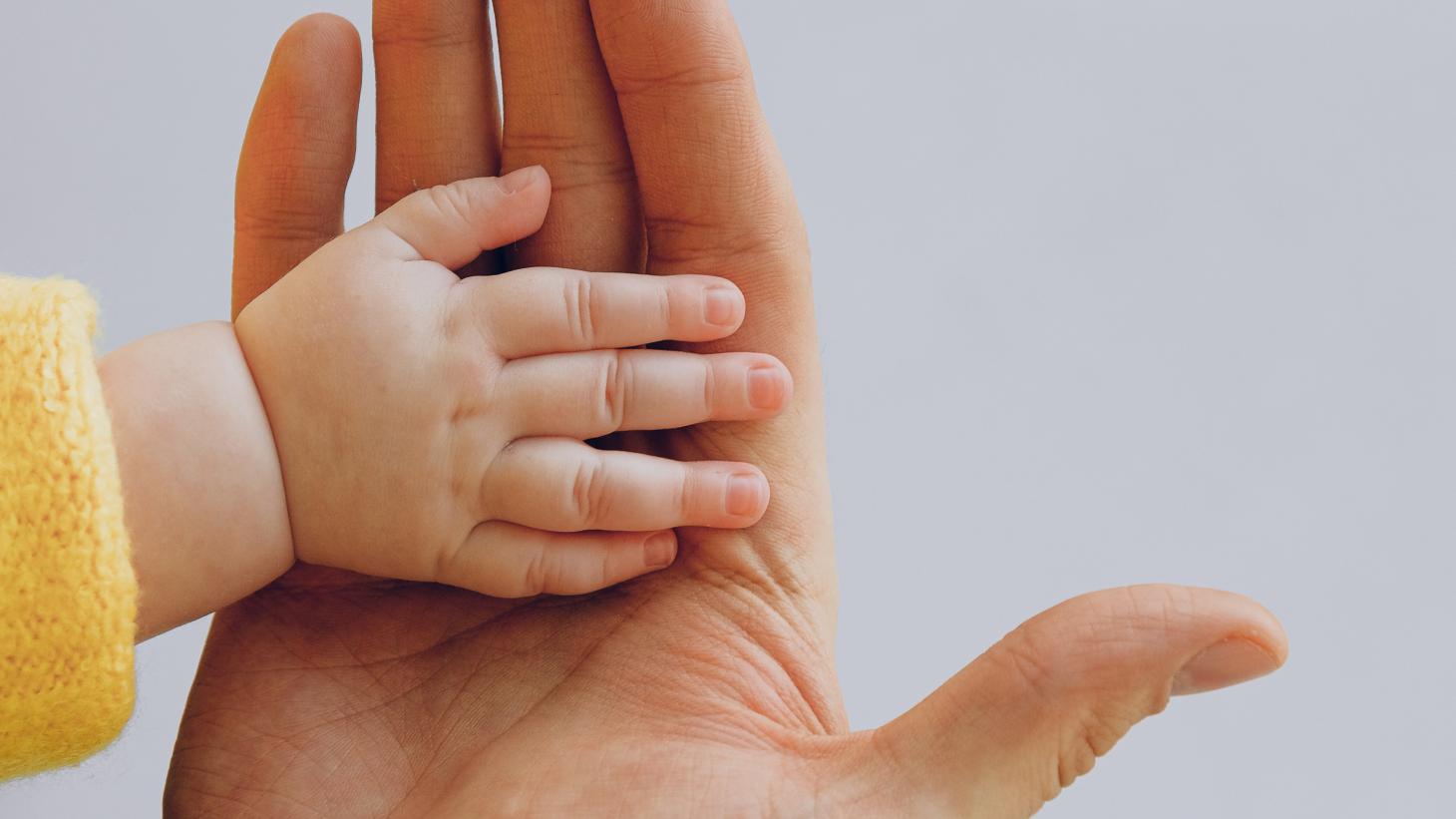
Babies and toddlers – bumps to the head
Infants and young children often bump their heads – spot the signs and symptoms for this age group.

Returning to school, college, nursery and activities or sport
Information and resources on returning to school and activity after a bump to the head.

Informing schools and colleges
Help those around your child understand more about concussion and signs to look out for after a bump to the head.
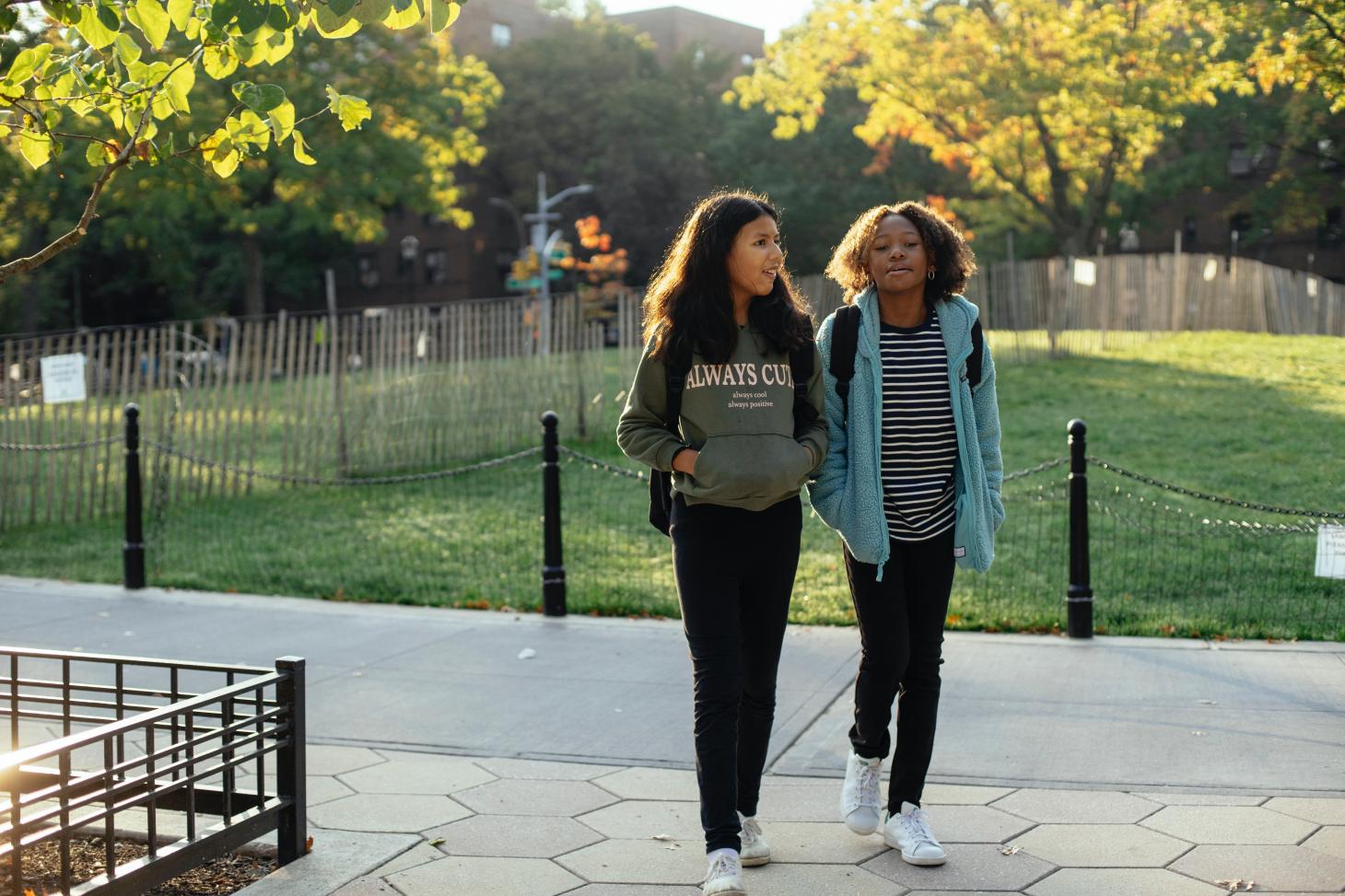
What happens next
If symptoms persist following a bump to the head, our symptom tracker can be used six weeks after the injury.

Longer-term advice
Symptoms after a bump to the head might last for weeks or months – this is known as post-concussion syndrome.
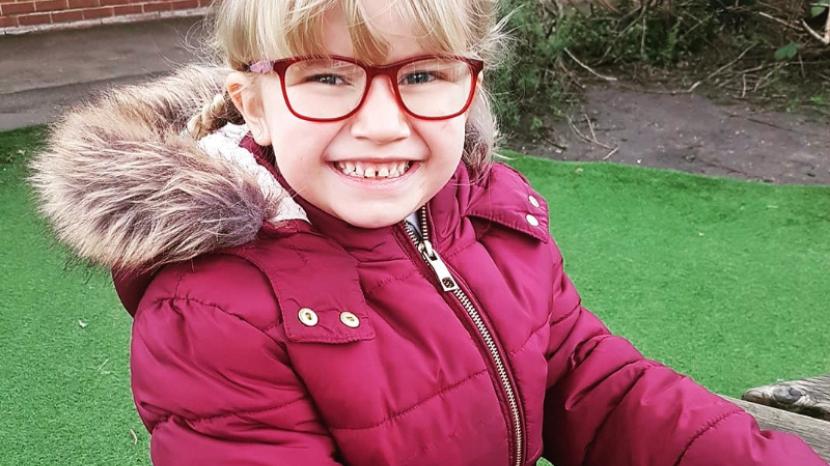
Looking for further advice and support?
If your child’s symptoms persist longer than six weeks and you would like support from one of our specialists, contact our virtual ABI team.
Contact our specialists